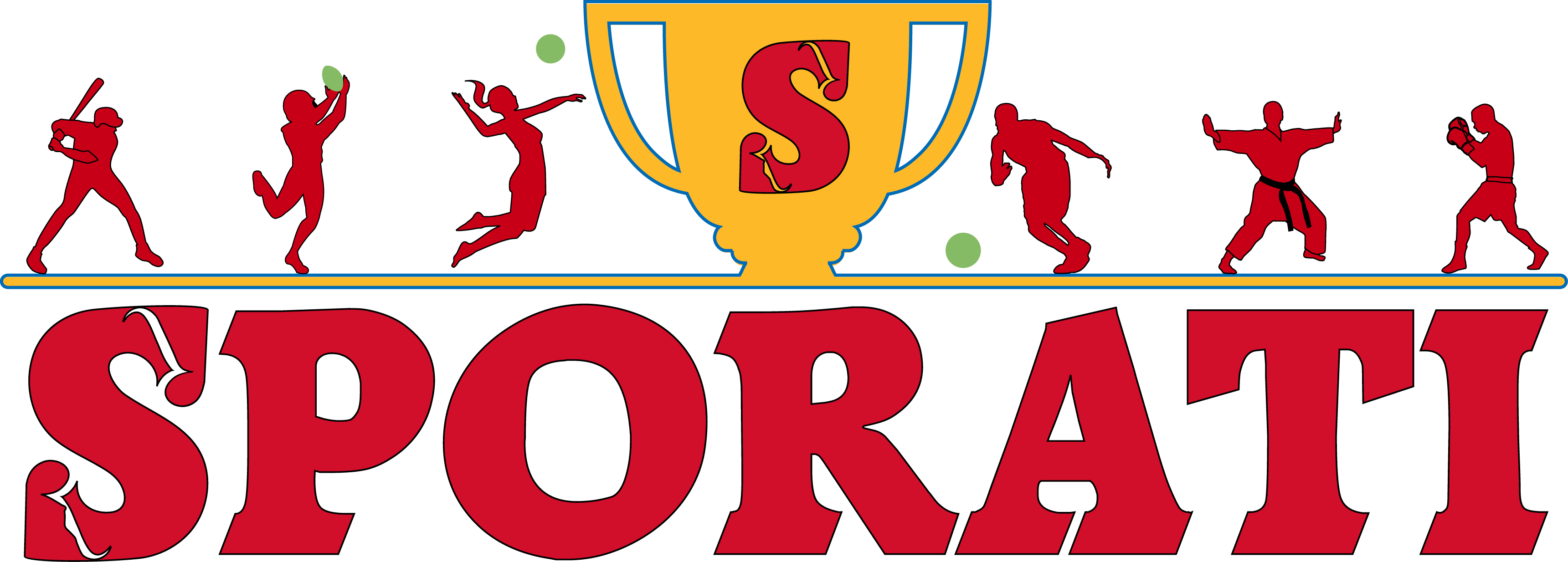2026 Winter Games Pictograms
The build-up to the 2026 Winter Olympics and Paralympics, set to be hosted in Milan and Cortina d’Ampezzo, is already in high gear — and as tradition goes, one of the most anticipated releases came in the form of the official sport pictograms. These sleek, minimalist designs were unveiled by the organizing committee recently, and they hold clear significance beyond merely representing the various competitions.
Used in organizing, advertising, and guiding athletes and spectators alike, these symbols condense entire sports into just a few lines, curves, and angles. For Milan-Cortina 2026, the pictograms are not just a testament to the spirit of the Games but also a reflection of harmony between heritage and modernity.
The Story Behind the 2026 Pictograms
Milan and Cortina’s approach to designing the pictograms draws on their vision for the 2026 Winter Games — blending the future with the past. The organizing committee sought a design language that was both aesthetically modern and respectful of the values deeply rooted in Italian culture and the history of the Olympics.
Through collaboration with renowned graphic designers and artists, the result is a set of **bold, stylized**, yet simple images, each capturing the essence of winter sports in motion. The pictograms provide clarity paired with elegance – combining symmetry and geometric shaping that feels as suited to ancient runes as it does to the latest digital illustration trends.
What the Pictogram Set Represents
The new icons symbolize all events scheduled for the Olympic and Paralympic Games, including some that fall under niche or specialized categories. Across both events, the pictograms celebrate variety, excellence, and the competitive vigor that each sport embodies. The list of sports represented includes:
- Skiing: Downhill skiing, freestyle skiing, and ski jumping all feature within the scope of the pictogram catalog, each emphasizing the unique postures of athletes in action.
- Figure Skating: Curves and motion lines perfectly mimic the grace discovered on the ice, where agility and fluidity meet precision.
- Ice Hockey and Biathlon: Taking the sports from their communal arenas; the fast-paced game of ice hockey, and the tactical brilliance of biathlon challenge viewers to track movement using only a black-and-white rendering.
- Curling: A sport renowned for requiring both strategy and teamwork, curling is depicted with the traditional sweeping and stone icons that the sport is globally connected with.
Though many riders and players will be recognizable by their swift movements and iconic grace, it is in these **pictographs** that Winter Games history is illustrated through art.
More Than Just Art
Pictograms may, at first glance, seem to be simple and functional additions to the larger production of the Olympic Games. In reality, they serve a crucial role in creating a coherent identity around each iteration. These graphics fit beautifully on tickets, signage, and digital platforms as well as within TV broadcasts.
Alongside this practical role, they serve a more philosophical purpose — the transnational unification of the games. **Regardless of language or culture, Olympic pictograms make the events accessible to all.** Much like emojis have become a universal language on our devices, these symbols allow anyone, anywhere, to tell the sports apart and recognize the significance of what’s unfolding on the world stage.
It’s a small digital tribute to the shared values of competition and excellence held by both athletes and their international fans.
Tech-Driven Design: Merging Analog with Digital
The rise of cutting-edge tech in design production has influenced more than just official Games pictograms, but Milan-Cortina’s entries are a perfect fusion of traditional, analog work and digital precision. The designs were iterated upon virtually and refined periodically, bringing in elements involving motion capture, vector-based clean lines, and proportion refinement methods.
**One striking element** is how effortlessly these pictograms can be scaled. Whether you’re viewing them on a gigantic billboard in Italy or on your smartphone’s 6-inch display — the crisp, accessible look remains intact.
What’s more, the balanced aesthetic that emerges centers on simplicity. Unlike many visually overburdened tech-augmented outputs, they smartly adhere to core design principles: less is more. This balance between technology and simplicity also pushes sustainability — a slightly indirect but crucial pillar of Milan-Cortina 2026’s plans. By making efficient, minimalist designs, the focus stays on function, reducing waste wherever possible.
The Olympic and Paralympic Impacts
Of course, inclusivity remains central to the Olympic and Paralympic spirit. The Winter Games comprehensively include symbolic representations of **Paralympic events** such as **Para Ice Hockey**, **Para Alpine Skiing**, and **Wheelchair Curling**. In these depictions, great care has been taken to accurately commemorate the athletes’ endeavors while ensuring visual harmony across the entire set.
The pictograms also reinforce the International Olympic Committee’s goals of making the Olympic Games more approachable and engaging for both sports devotees and casual observers alike — all while uniting diverse athletic skill under one, collective banner of human accomplishment.
Setting the Stage for 2026
With less than three years until the excitement of the Milan-Cortina Winter Games captivates the world, the pictograms offer fans a glimpse into what’s soon to come. These simple yet expressive illustrations set the tone for a multifaceted, tech-enhanced Olympic experience, reflecting the duality of progress and tradition that this edition of the Games aims to champion.
From a practical point of view, they will help structure and signpost the Games experience for spectators, athletes, and judges alike. From an artistic angle, they capture the very essence of winter sports.
The new **2026 Winter Games pictograms** may be small, simple symbols — but they carry weight, representing not just sports, but also unity, technological progress, and the rich fabric of global culture woven together under the Olympic banner. Like all great designs, they make the complex seem effortless. And that’s truly an Olympian feat.

